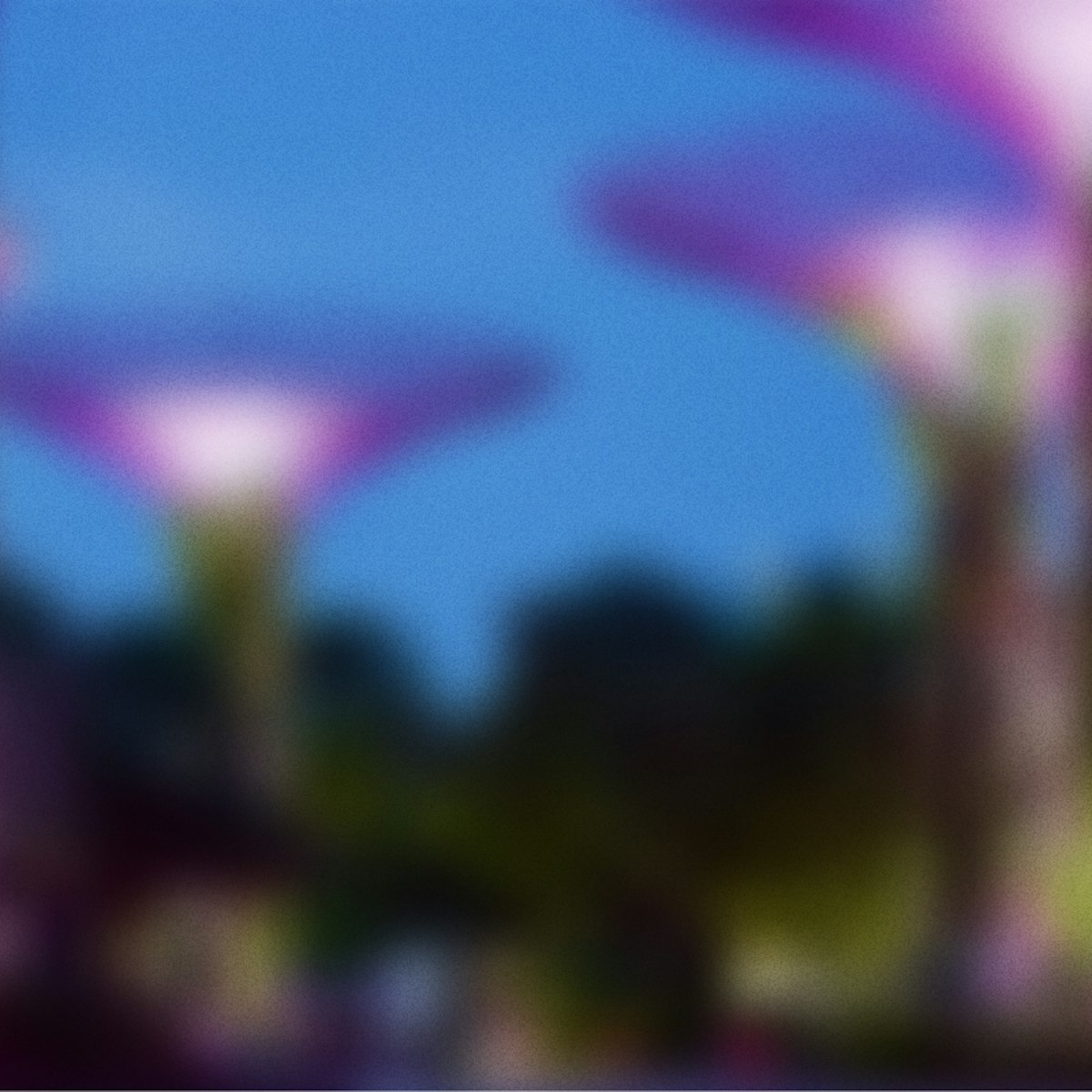
Yucatán State & the Maya Heartland
The only reason you go to this tiny museum is for the view (it's perched on a hill) and to support the locals – both worth doing. Displays are modest,…

Yucatán State & the Maya Heartland
The only reason you go to this tiny museum is for the view (it's perched on a hill) and to support the locals – both worth doing. Displays are modest,…

Mérida
Attempts to create a modern exterior for Mérida's municipal cultural center were halted by government in order to preserve the colonial character of the…

Yucatán State & the Maya Heartland
It's all cement and stone but nevertheless the Plaza de la Cultura is an agreeable place to take in the evening breeze, enjoy the view of the church and…

Chichén Itzá
The structure at the ball court's north end, called the Temple of the Bearded Man after a carving inside it, has finely sculpted pillars and reliefs of…

Chichén Itzá
The visitors center has a small museum with exhibits providing explanations in Spanish, English and French.